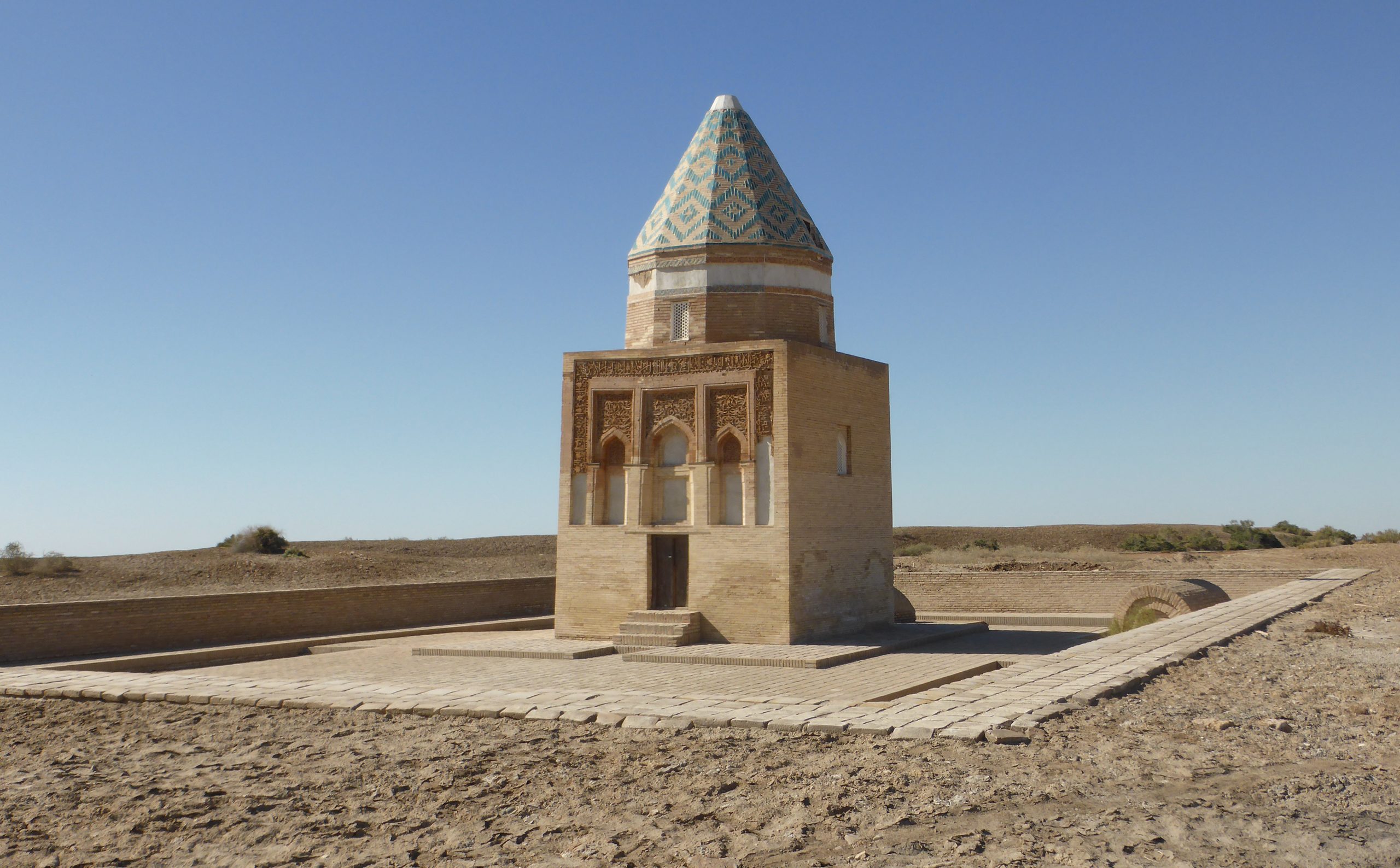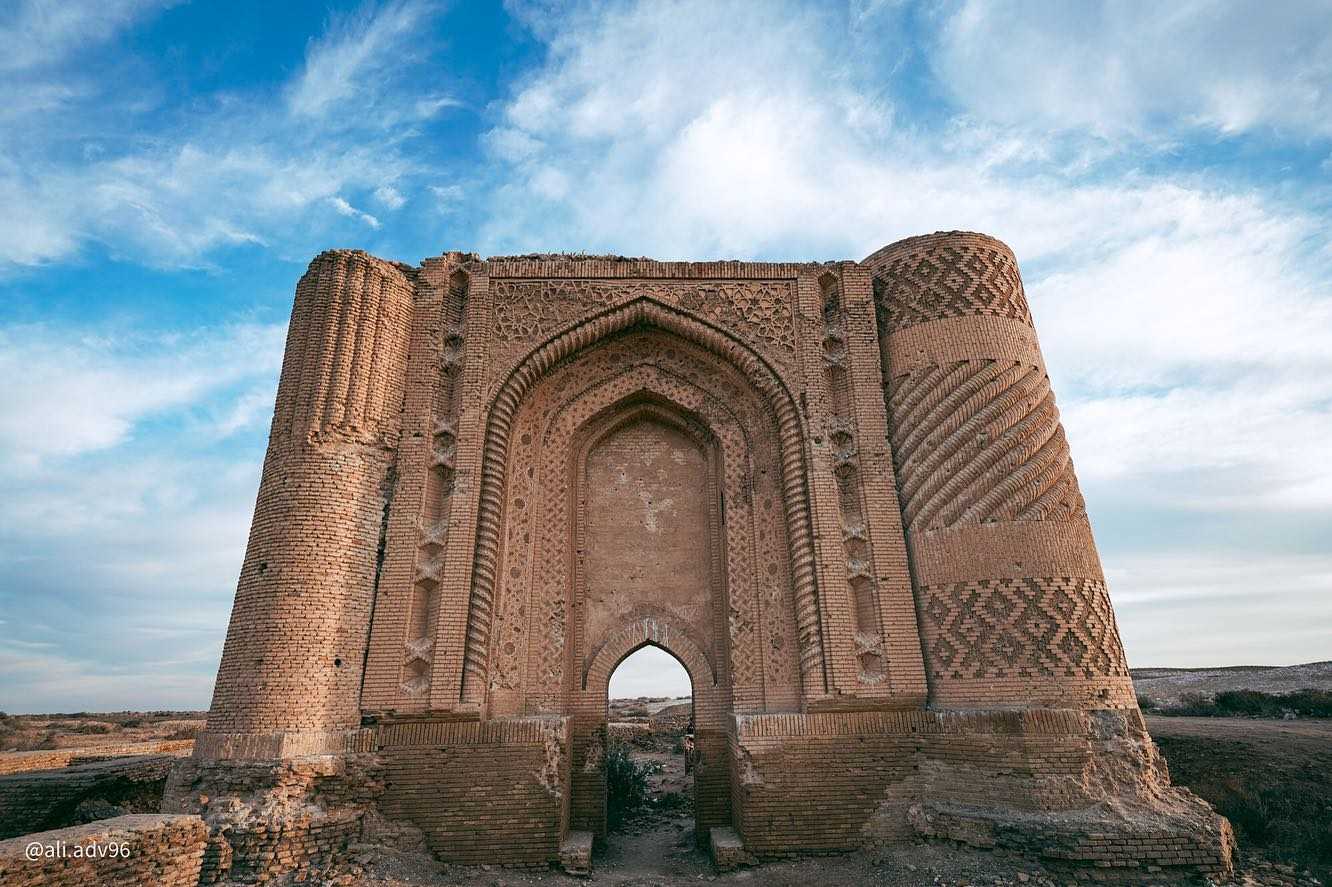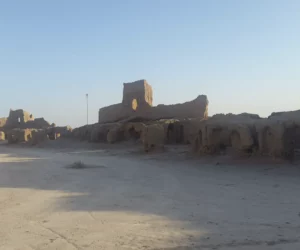Overview of Damghan Damghan, a city in the Central District of Damghan County, Semnan province, Iran, serves as the capital of both the county and the district. It lies 342 km east of Tehran on the main road to Mashad and sits at an elevation of 1,250 meters. Damghan stands out as one of the…
Seljuk Empire
The Seljuk Empire, founded in the 10th century, was a Turkic empire that stretched across the Middle East, parts of Central Asia, and the Indian subcontinent at its peak. Often referred to as the Great Seljuk Empire, it played a critical role in the history of the Islamic world. The Seljuks were initially nomadic warriors who converted to Islam. They swiftly rose to power, overthrowing the fragmented Abbasid Caliphate’s regional governors and uniting the Muslim lands under their authority. The empire’s leaders instituted military, political, and economic improvements that stabilized the region. This created an environment where trade and cultural exchange thrived.
An emblematic figure of the Seljuk Turkic Empire was Sultan Alp Arslan. He was famous for his victory at the Battle of Manzikert in 1071. This win against the Byzantine Empire marked a turning point, opening Anatolia to Turkic settlement. The Seljuk architecture is another testament to their legacy. They left behind grand buildings like the Al-Nizamiyya of Baghdad, one of the medieval world’s most respected centers of learning. Under the Seljuks, an important cultural renaissance took place, often referred to as the Persianate culture. This cultural movement had long-lasting effects on literature, art, and architecture in the region. The Seljuk Empire set the stage for the rise of successor states, such as the Ottoman Empire, which would further shape world history in the centuries to come.

Il Arslan Mausoleum
The Il Arslan Mausoleum stands as a testament to the architectural ingenuity and historical significance of the Seljuk era. Located in the ancient city of Merv in modern-day Turkmenistan, this mausoleum is the final resting place of Il-Arslan, who was the Seljuk ruler from 1156 to 1172. The structure is renowned for its intricate brickwork and dome, showcasing the artistic and cultural achievements of the time. As a key historical site, it offers valuable insights into the Seljuk period and Islamic architecture.

Gate of Sharabai School in Wasit
Located in the Wasit province of Iraq, the Gate of Sharabai School is a historical marvel that has stood the test of time. This architectural gem, with its intricate designs and imposing structure, is a testament to the rich history and culture of the region. It is a must-visit for any history enthusiast.

